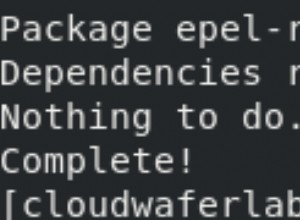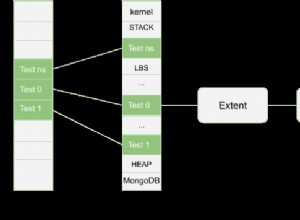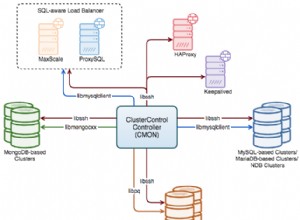Nadal możesz używać aggregate() tutaj z MongoDB 3.2, ale używając tylko $redact
zamiast tego:
db.boards.aggregate([
{ "$redact": {
"$cond": {
"if": {
"$and": [
{ "$ne": [ "$createdBy._id", "$owner._id" ] },
{ "$setIsSubset": [["$createdBy._id"], "$acl.profile._id"] }
]
},
"then": "$$KEEP",
"else": "$$PRUNE"
}
}}
])
Lub za pomocą $where
w przypadku powłoki MongoDB 3.2 wystarczy zachować kopię w zakresie tego , a twoja składnia była nieco niewłaściwa:
db.boards.find({
"$where": function() {
var self = this;
return (this.createdBy._id != this.owner._id)
&& this.acl.some(function(e) {
return e.profile._id === self.createdBy._id
})
}
})
Lub w środowisku zgodnym z ES6:
db.boards.find({
"$where": function() {
return (this.createdBy._id != this.owner._id)
&& this.acl.some(e => e.profile._id === this.createdBy._id)
}
})
Agregat jest najbardziej wydajną opcją z tych dwóch i zawsze powinien być preferowany niż używanie ewaluacji JavaScript
I co jest warte, nowsza składnia z $expr
byłoby:
db.boards.find({
"$expr": {
"$and": [
{ "$ne": [ "$createdBy._id", "$owner._id" ] },
{ "$in": [ "$createdBy._id", "$acl.profile._id"] }
]
}
})
Korzystanie z $in
zamiast $setIsSubset
gdzie składnia jest nieco krótsza.
return (this.createdBy._id.valueOf() != this.owner._id.valueOf())
&& this.acl.some(e => e.profile._id.valueOf() === this.createdBy._id.valueOf())




